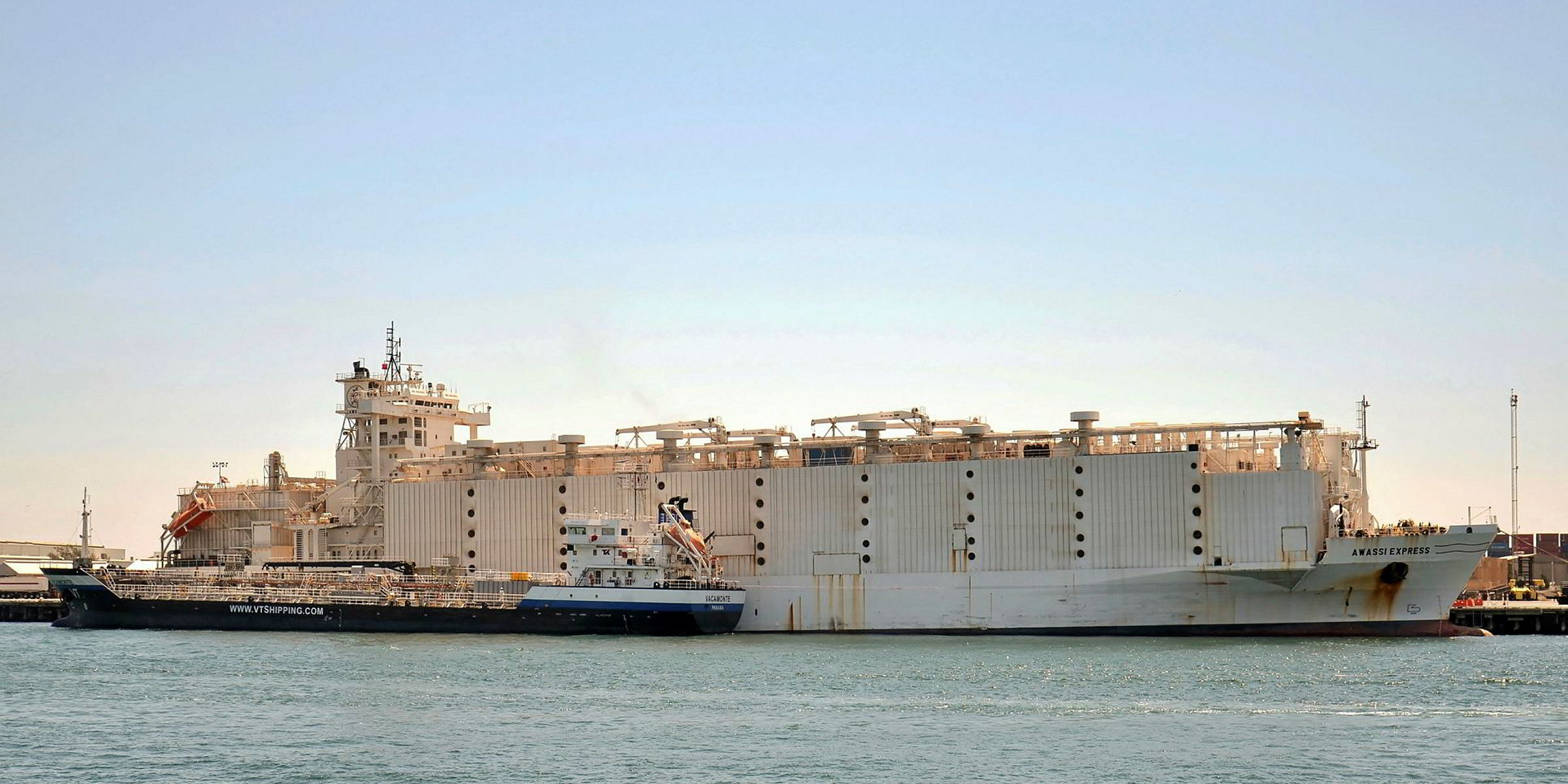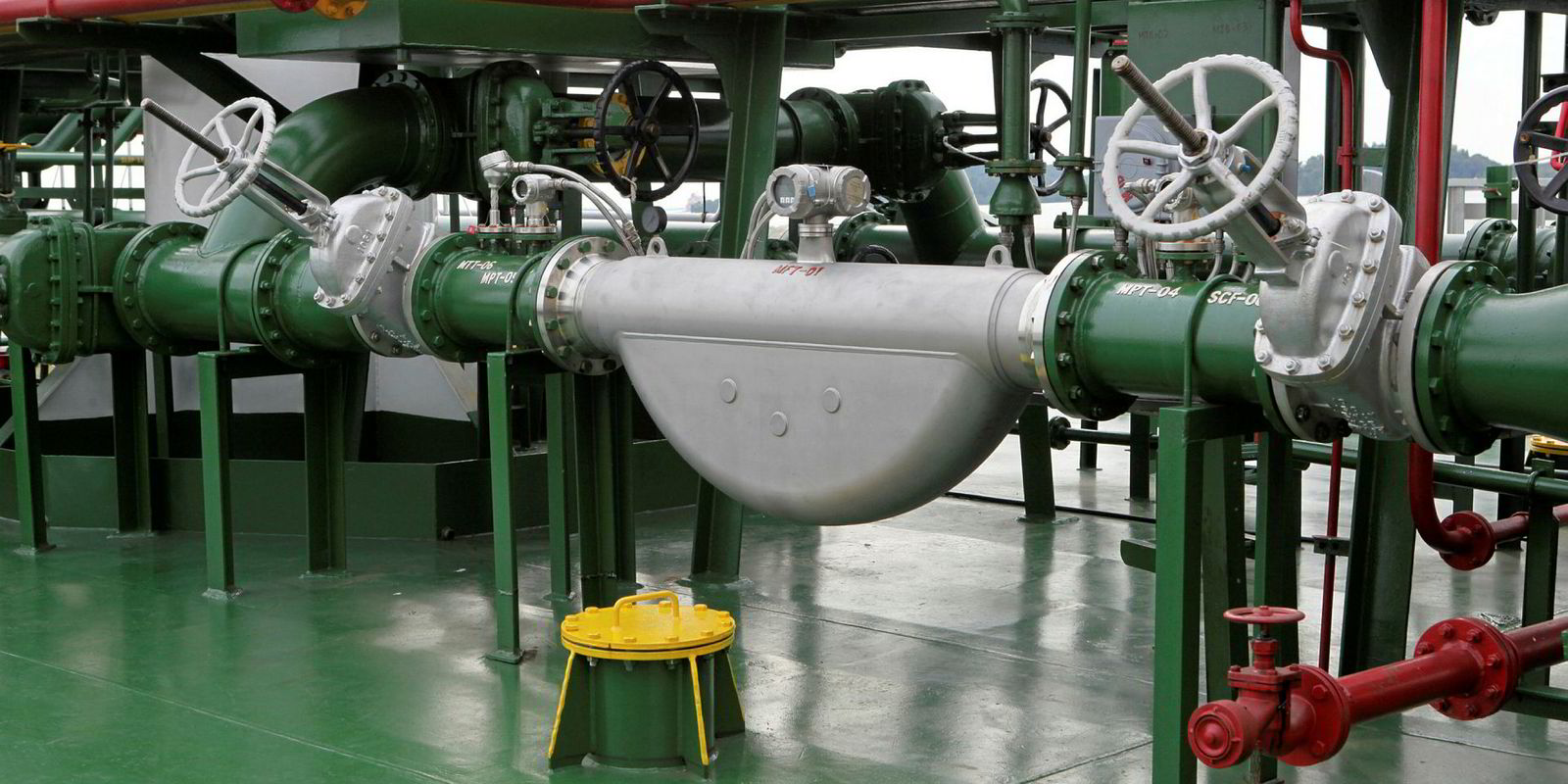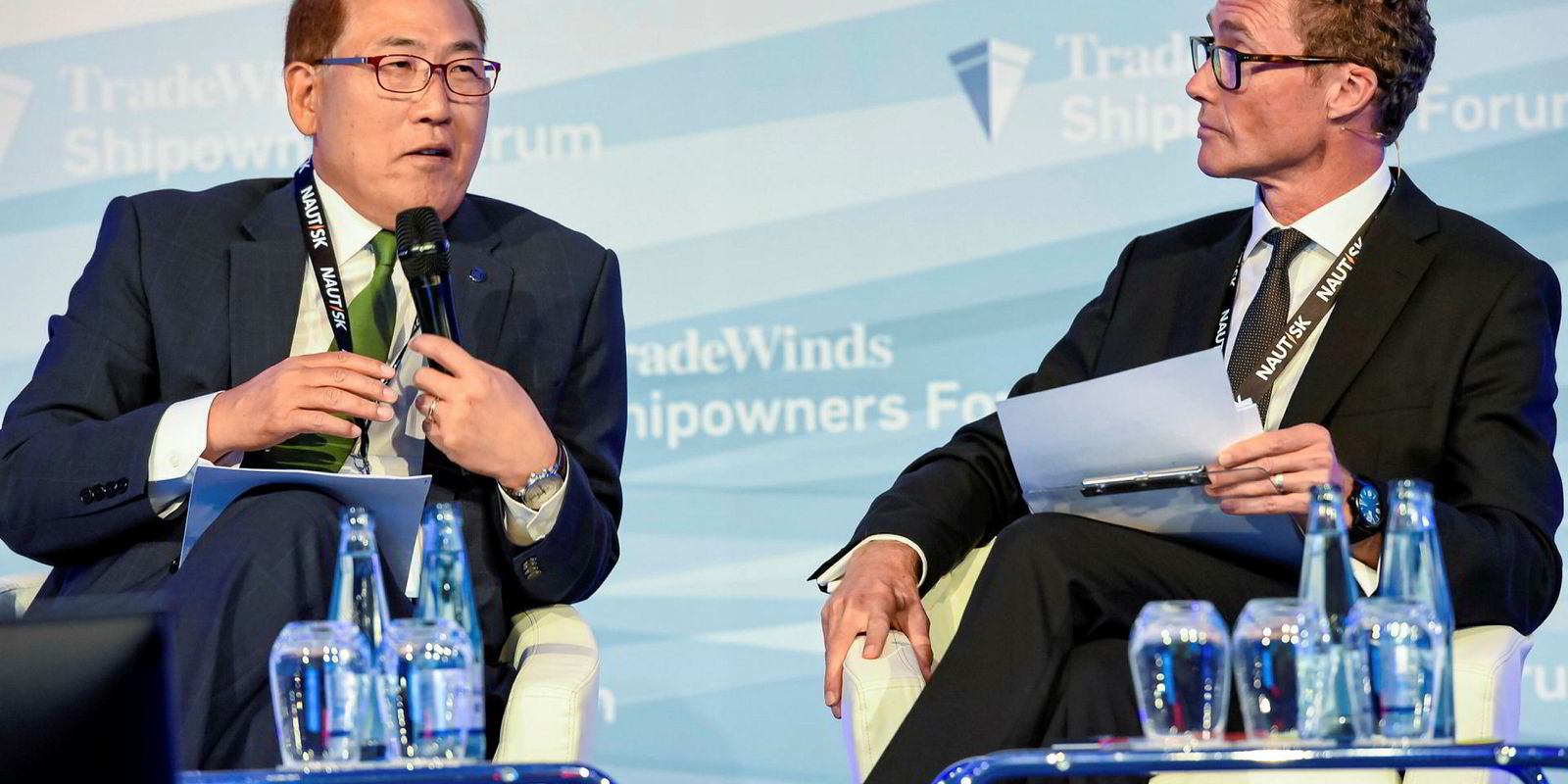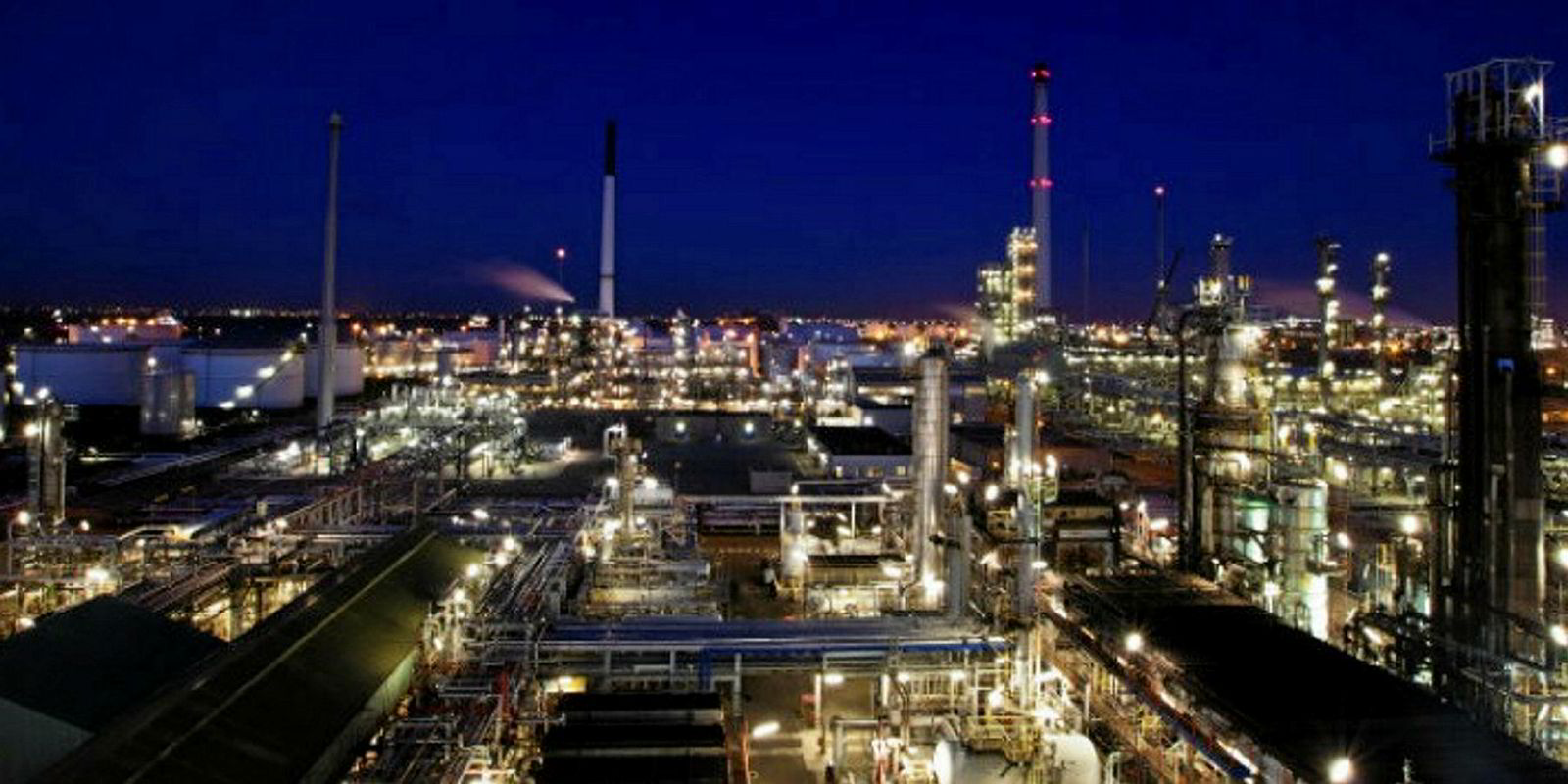High-sulphur fuel oil (HSFO) may remain in the global bunker market well beyond 2020 — even though it will no longer be the fuel of choice.
While the shipowners who wish to use HSFO should seek to secure supply early because it will not be as widely available as it is now, there will be continued supply and demand for this fuel, according to some industry officials.
This is largely because the number of vessels with scrubbers that will be able to continue to use HSFO after 2020 under IMO rules will increase over time.
That is, of course, unless exhaust gas cleaning systems are deemed environmentally harmful and eventually banned — a possibility that some believe cannot be ruled out given the criticism they have received from industry officials.
The economics behind this forecast are simple. The initial number of scrubber-fitted vessels will likely not exceed 2,000 in 2020, when the new IMO rules kick in requiring ships without scrubbers to use 0.5% sulphur fuel.
Scrubber incentive
Therefore, discounts on 3.5% sulphur HSFO compared with 0.5% sulphur fuels are expected to widen significantly in 2020. Consequently, this will incentivise more shipowners to install scrubbers onboard their ships, leading to a recovery in HSFO demand at a later stage, experts believe.
The discount on HSFO to 0.5% sulphur fuel will reach $360 per tonne in 2020, before steadily falling to $110 per tonne in 2025 as demand for HSFO recovers on the increasing number of scrubber-fitted ships, according to SEB chief commodities analyst Bjarne Schieldrop.
And the incentives will remain. Based on SEB estimates, even if the spread were to fall to $50 per tonne, a VLCC consuming 50 tonnes of fuel per day would need only four years to recover a $2.5m scrubber investment when running for 230 days per year.
According to HSBC, HSFO’s share in the global fuel market will recover to 35% in 2025 from 27% in 2020.
However, HSFO users may face challenges in the supply chain. While the Middle East, Latin America and former Soviet Union nations are expected to be long on HSFO; such fuel may only be made available at the main bunkering hubs that serve VLCCs, capesize bulkers and large-sized boxships — the sectors where the penetration rates of scrubbers are high.
“We expect to see HSFO forming a small percentage of marine fuel supply pool after the IMO 2020 transition, where at certain geography and ports it may not be logically and/or commercially feasible to be made available despite the net surplus of global HSFO balances,” says Cem Saral, chief executive of marine fuels supplier Cockett Group.
“Vessels with fitted scrubbers may be forced to re-adjust marine fuel procurement engagements accordingly and may likely opt for alternative compliant fuels where HSFO is not available.”






